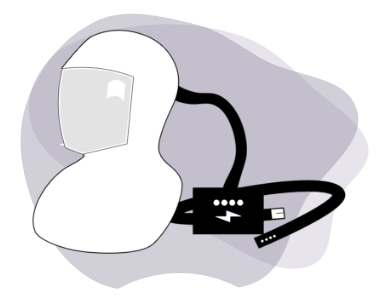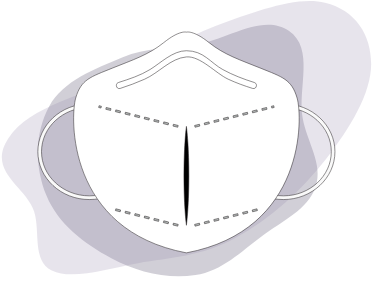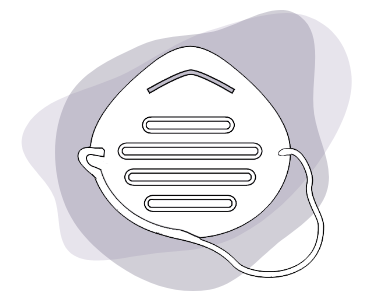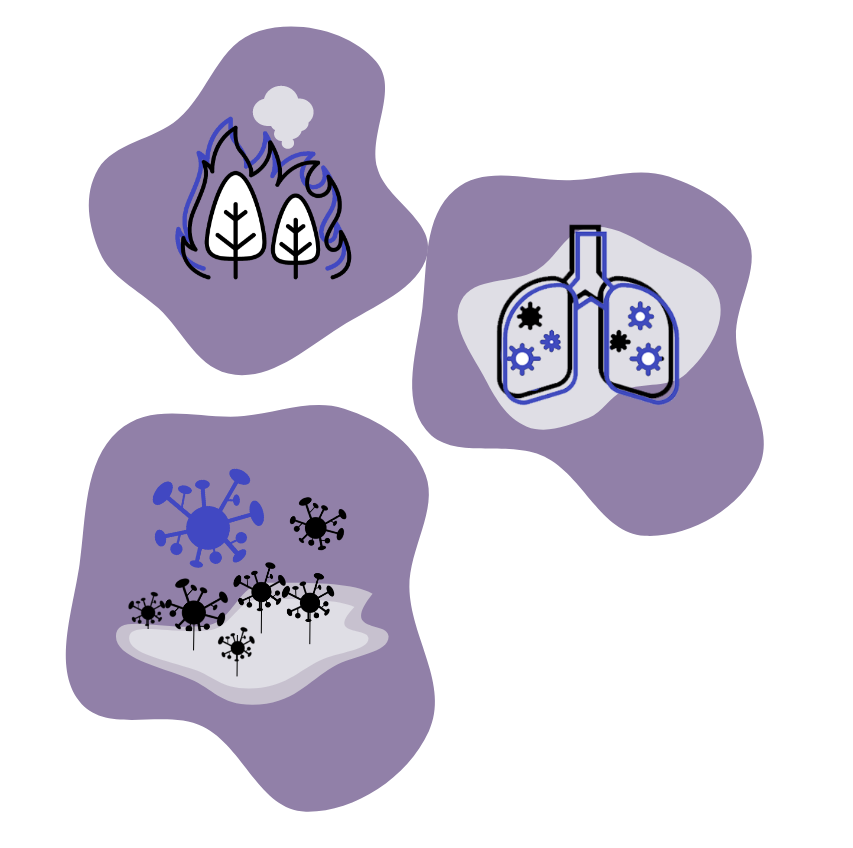
Respiratory hazards, including mold, respiratory viruses, and air pollutants, such as particulate matter, which is found in air pollution emitted from various sources (e.g., cars, industrial activities) as well as wildfire smoke, pose serious threats to public health in the U.S. and globally. Exposure to such hazards may lead to the development or worsening of various respiratory and cardiovascular diseases and other chronic health conditions, including:
- Asthma
- Respiratory Tract Infections
- Chronic Obstructive Pulmonary Disease (COPD)
- Ischemic Heart Disease
The consequences of exposure to respiratory hazards can be deadly. In the United States, between 100,000 and 200,000 excess deaths are attributable to air pollution each year, not including contribution of wildfire smoke. Globally, approximately 339,000 deaths each year can be attributed to wildfire smoke exposure alone and airborne infectious agents contribute to millions of deaths annually.
These dangers in the air we breathe raise urgent questions about how we can better protect ourselves, our families, and our communities from respiratory hazards. While the safest action may often be to remove oneself from a hazard (e.g., by leaving the affected area) or prevent the hazard from entering the air, such actions are not always possible or sufficient and increasingly, respiratory protection is used to reduce our exposures to respiratory hazards and protect against the health threats they pose. While the COVID-19 pandemic has placed a spotlight on the use of respiratory protection, questions from the public remain about when and how it should be used and which devices are appropriate for a specific hazard.

Common Scenarios in Which Respiratory Protection may be Needed
People may be exposed to respiratory hazards in a number of situations, including emergency settings and in more routine aspects of life, such as home maintenance and hobby-related activities, but common hazards and scenarios that may call for use of respiratory protection include
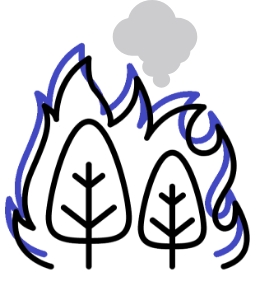
Wildfire Smoke & Air Pollution
Exposure description: Wildfire smoke and other types of air pollution expose millions of individuals to dangerous concentrations of fine particulate matter, as well as other harmful compounds, all of which can have negative health effects. Even those outside the directly impacted area may be exposed, as winds can spread particulate matter from wildfire smoke over hundreds or thousands of miles away.
User Need: When other methods for reducing exposure to wildfire smoke or air pollution (e.g., limiting time outdoors, indoor air filters) are not feasible or are insufficient, specifically during periods of extremely poor air quality, wearing a device that provides personal protection can reduce the inhalation of harmful particles. Checking air quality levels and current conditions related to wildland fires can help people determine when respiratory protection may be needed.
Device Type: A particulate respirator has the ability to protect the user from the inhalation of harmful particles but does not provide protection against dangerous vapors and gases, such as carbon monoxide.
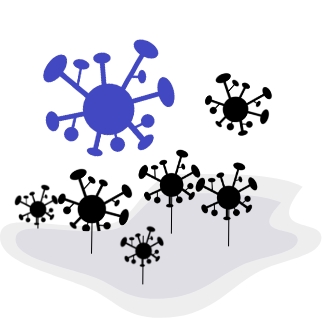
Mold
Exposure description: A person can be exposed to molds in a variety of scenarios. One of the most common is exposure to molds following extreme weather events, like flooding and hurricanes, which require post-disaster clean up in a water-damaged building.
User Need: Individuals exposed to molds, such as a homeowner remediating flood damage in their house, need to wear a device that provides personal protection and prevents them from inhaling potentially harmful mold spores.
Device Type: A particulate respirator has the ability to protect the user from the inhalation of mold spores.
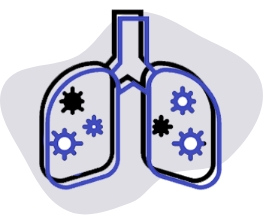
Respiratory viruses
Exposure description: Exposure to respiratory viruses can occur seasonally but also during outbreaks or pandemics, during which respiratory protection may play an important role in reducing the spread of a virus and associated illnesses and deaths.
User Need: Because respiratory viruses can be transmitted from person to person, an individual has the potential to be a source of the virus and at risk of being infected by others. When faced with respiratory viruses, individuals may need to wear a device that provides personal protection and/or reduces the chance that they will spread an infection to others.
Device Type: Surgical masks, barrier face coverings, and respirators can all can play a role in preventing the spread of respiratory viruses but particulate respirators are generally best suited for protecting the wearer from being infected, particularly if the virus is airborne.
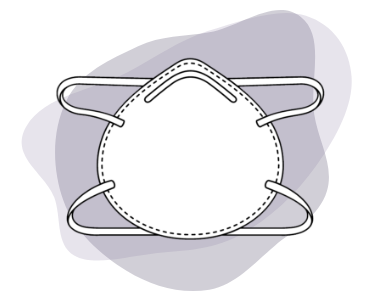
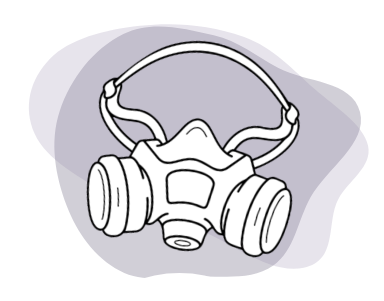 Elastomeric facepiece and powered-air purifying respirators (PAPRs) are other types of respirators, which have been effectively used in workplace settings for decades, and can be cleaned and reused over long periods of time.
Elastomeric facepiece and powered-air purifying respirators (PAPRs) are other types of respirators, which have been effectively used in workplace settings for decades, and can be cleaned and reused over long periods of time. 